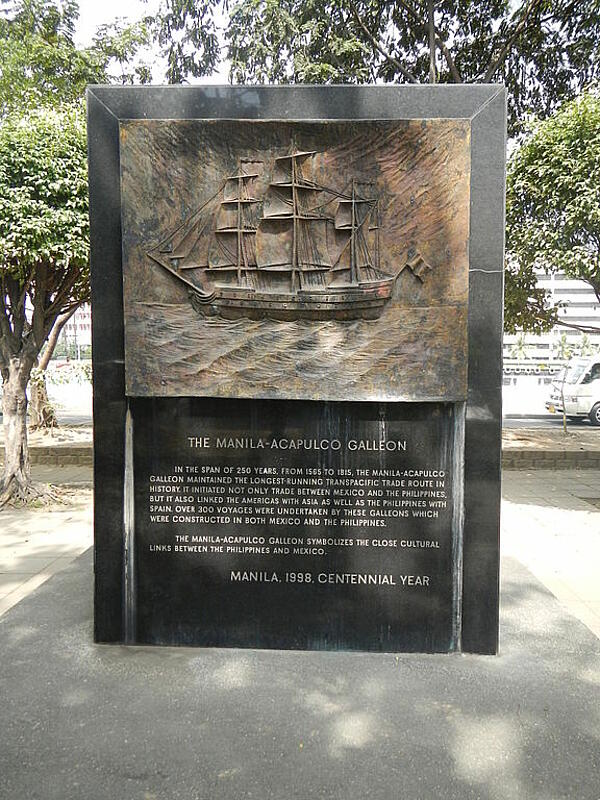Spanish trade
Spanish trade in the Philippines was centered around a number of different branches, each of which played a part in the development of the country and influenced Spanish relationships with other nations.
Some of the main branches of trade included:
The Manila-Acapulco Galleon Trade
This was the main source of income for the Spanish in the early years of their colonisation, with the service first being launched in 1565. However, it actually continued into the 19th Century.
The Galleon trade was a trading network that brought silver from New Spain to be used to purchase goods from the Philippines, including silk, spices and cotton textiles. These goods would then arrive back in New Spain. While the trade proved to be mainly worthless to the local Filipino people, it did result in the introduction of new crops and animals from the Americas. These included avocado, pineapple, guava, horses and carabao.

Royal Society of Friends of the Country
In 1780, José de Basco y Vargas was ordered to form a society of intellectuals who were able to produce new ideas. Known as the Spanish Royal Economic Society of Friends of the Country, the group was made up of men who had achieved scholarships or success in their fields. While present in the Philippines, the society was responsible for establishing an academy of design, banning carabao, forming the silversmiths and gold beaters guild, and constructing the country’s first paper mill. However, by the middle of the 1890s it ceased to exist.
Royal Company of the Philippines
On 10th March 1785, King Charles III of Spain published a 25-year charter that confirmed the establishment of the Royal Philippine Company. The company quickly gained a monopoly over the importation of Chinese and Indian goods into the Philippines, as well as the shipping of goods to Spain.
The company faced great hostility from the Dutch and the British who saw it as a direct attack on their ability to trade in Asia. The traders working as part of the Galleon trade also resented the company as they saw it as competition. Eventually, this competition resulted in both companies failing - The Royal Company of the Philippines in 1814 and the Galleon trade in 1815.
MLA Citation/Reference
"Spanish trade". HistoryLearning.com. 2026. Web.
